Discover how to choose the perfect Panama hat for your face shape and size. A practical guide with tips for a...
Search in blog
Blog categories
Latest posts
-
 Panama Hats: How to know your exact size and choose a stylish hat?Read more
Panama Hats: How to know your exact size and choose a stylish hat?Read more -
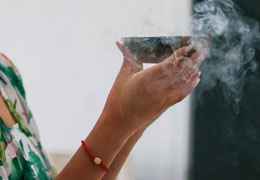 How to Protect Your Energy in Times of Crisis and Worry02/12/20252575 views 9 LikedRead more
How to Protect Your Energy in Times of Crisis and Worry02/12/20252575 views 9 LikedRead moreDiscover how Palo Santo can help you protect your energy in times of crisis. Ritualize your well-being, reduce...
-
 Green Friday: A Friday for Conscious and Sustainable Shopping11/21/20243909 views 0 LikedRead more
Green Friday: A Friday for Conscious and Sustainable Shopping11/21/20243909 views 0 LikedRead moreBlack Friday is known for encouraging impulsive buying and contributing to a "use-and-throw-away" culture, leading to...
-
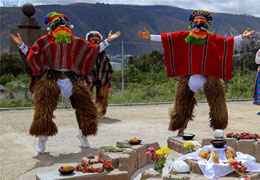 Day of the Dead in Ecuador: Traditions, Customs and the Magic of Palo Santo10/23/20245452 views 9 LikedRead more
Day of the Dead in Ecuador: Traditions, Customs and the Magic of Palo Santo10/23/20245452 views 9 LikedRead moreDay of the Dead in Ecuador: Traditions, Customs and the Magic of Palo Santo
-
 The Importance of Palo Santo in my Relaxation and Energy Balance to Attract Well-being and Prosperity10/07/20243613 views 20 LikedRead more
The Importance of Palo Santo in my Relaxation and Energy Balance to Attract Well-being and Prosperity10/07/20243613 views 20 LikedRead moreHave you ever felt that your energy is blocked, as if something were preventing well-being from flowing in your life?...
Photo gallery
-
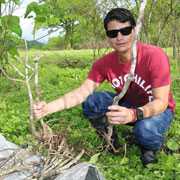
Is Palo Santo really endangered?
-

Is Palo Santo really endangered?
-
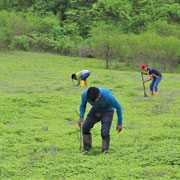
Is Palo Santo really endangered?
-
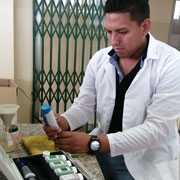
Investigations concerning the PaloSanto tree.
-

Nursery
-
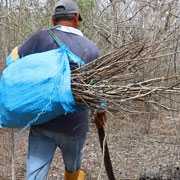
It's reforestation time! Palo santo
Popular posts
-
 Healing and Aligning Your Chakras with the Power of Palo Santo03/13/2024142222 views 1 comment 33 LikedThe universe is an energetic network, and we, as an integral part of it, are also a part of this network. Our body is...Read more
Healing and Aligning Your Chakras with the Power of Palo Santo03/13/2024142222 views 1 comment 33 LikedThe universe is an energetic network, and we, as an integral part of it, are also a part of this network. Our body is...Read more -
 Palo Santo Essential Oil, Bursera Graveolens - Uses and Benefits02/01/2017Posted in: How To?99608 views 6 comments 186 LikedPalo Santo, Ecuador's sacred wood! Originating from our dry forest of Ecuador, this tree belongs to the Burseraceae...Read more
Palo Santo Essential Oil, Bursera Graveolens - Uses and Benefits02/01/2017Posted in: How To?99608 views 6 comments 186 LikedPalo Santo, Ecuador's sacred wood! Originating from our dry forest of Ecuador, this tree belongs to the Burseraceae...Read more -
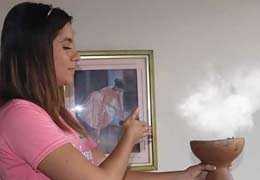 Palo Santo: A Natural Way to Cleanse Your House and Promote Well-Being and Positive Energy09/29/202386029 views 3 comments 183 LikedMany people clean and purify their home at least once a month. Many people enter our home, and each person with a...Read more
Palo Santo: A Natural Way to Cleanse Your House and Promote Well-Being and Positive Energy09/29/202386029 views 3 comments 183 LikedMany people clean and purify their home at least once a month. Many people enter our home, and each person with a...Read more -
 From Nature to Art: What is the tagua nut or vegetable ivory?84032 views 6 comments 229 LikedThe Tagua is a unique plant that comes from the tropical and humid mountains of Ecuador, grows wild in forests called...Read more
From Nature to Art: What is the tagua nut or vegetable ivory?84032 views 6 comments 229 LikedThe Tagua is a unique plant that comes from the tropical and humid mountains of Ecuador, grows wild in forests called...Read more -
 Straw hat: Classic Havana, your best choice62085 views 18 LikedHello friends how are you?, You know in this blog I have written a lot about straw hats toquilla, which is currently...Read more
Straw hat: Classic Havana, your best choice62085 views 18 LikedHello friends how are you?, You know in this blog I have written a lot about straw hats toquilla, which is currently...Read more



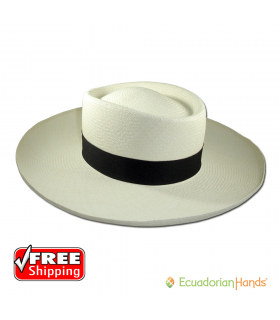
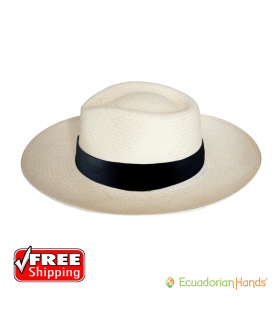

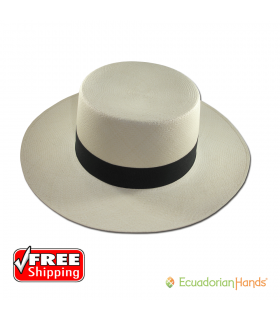
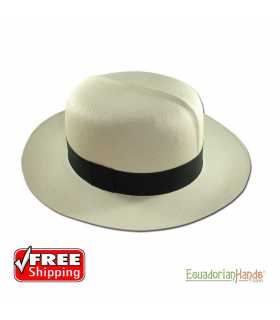
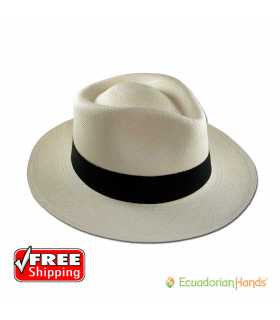



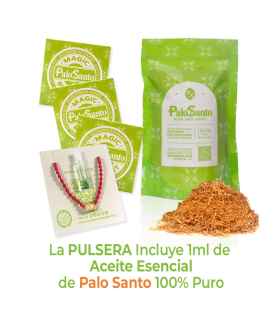

Leave a comment